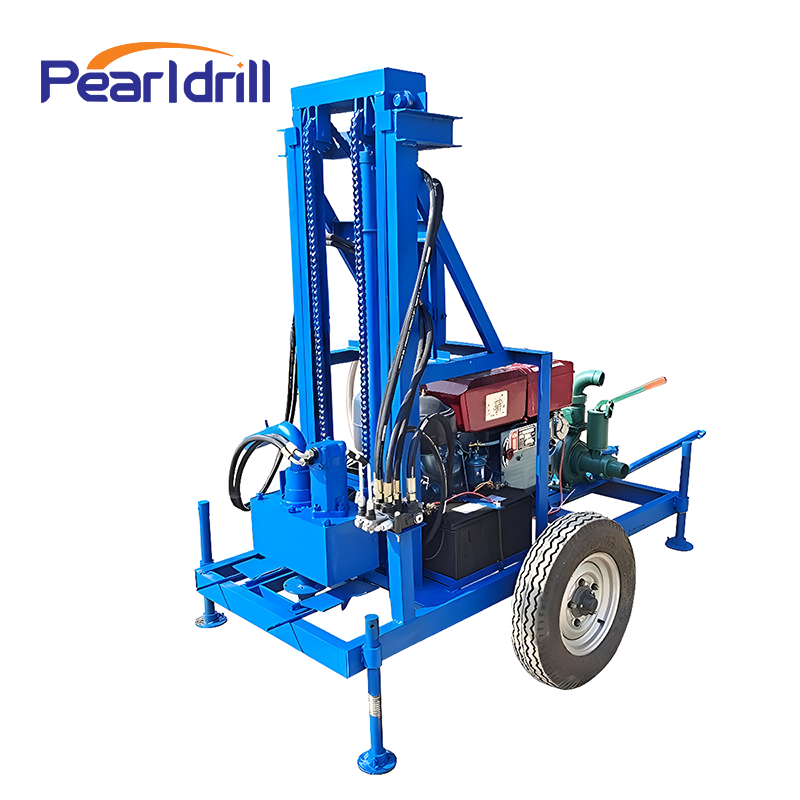1. Clean mud and dirt from rig surfaces, especially base, stand, and arm, with a high-pressure water gun or brush.
2. Wipe down the metal parts.3. after removing the drill pipe and bit, rinse the attached mud, rock chips or other debris with clean water.
4. focus on cleaning the bit edges to make sure they are sharp and free of clogs.
5. After cleaning, check the drill pipe for bends, cracks or wear, and replace it if necessary.
6. Apply anti-rust oil or lubricant after cleaning to prevent oxidation or corrosion.
7. Check hydraulic line connections for adherence of soil and oil, wipe clean with a clean cloth or cleaner.
8. Check and clean the cartridge or filter in the hydraulic system to avoid clogging of impurities affecting hydraulic performance.
9. Wipe the outside of the engine with a damp cloth to avoid sludge covering the heat sink and affecting the heat dissipation effect.
10. Prohibit the engine from being flushed directly with high-pressure water to avoid water entering the electrical system.
11. Flush the drilling fluid pipeline with clean water to remove the residual mud and prevent the pipeline from clogging.
12. Check the mud pump to ensure that there is no debris inside its impeller and pipes.
Through standardized cleaning, portable water well drilling rigs can maintain good running conditions, reduce the occurrence of failures, and improve service life and operational efficiency.
If you don't know how to choose the right water well drilling rig, click the link below to contact our professional team directly!
Contact us
Comments
Post a Comment